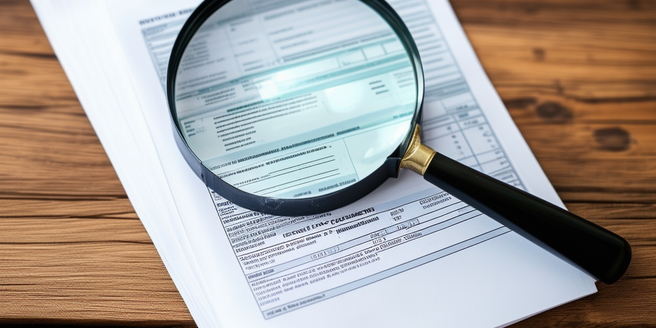
Understanding the Basics of Bad Credit Personal Loans
Bad Credit Personal Loans are designed for individuals with poor credit ratings. This means that even if you’ve had financial trouble in the past, you still have a chance to get the help you need. These loans are specially crafted considering the financial conditions of the borrower. Traditional banks usually shy away from lending to these individuals due to perceived risk. Bad Credit Personal Loans offer an avenue to access funds when other means are not possible. It’s important to remember, however, these loans often come with higher than usual interest rates. Despite the heightened cost, they can be particularly useful during financial crunches. This type of loan can be used for a variety of reasons, including debt consolidation, emergencies, or other financial needs.
Criteria for Applying for Bad Credit Personal Loans
The primary requirement for eligibility for these personal loans is typically a credit score below the 600 mark, but lenders may also consider other demographic and economic factors. These factors might include stable employment history, current income level, and any outstanding debts of the potential borrower. Loan providers may require a co-signer, a third-party individual with a higher credit score, to offer added assurance to the bank. Every lender, including banks, credit unions, or online platforms, sets specific qualification criteria that dictate their lending policies and determine borrower eligibility. It is crucial for potential borrowers to conduct thorough research into these policies to ensure high chances of loan approval. This will allow the borrower to better understand their eligibility and make a more informed borrowing decision, making the sometimes daunting process much simpler.
The Process of Application and Approval
The application process may vary from lender to lender. Typically, it involves submitting a complete application with personal, financial, and employment information. After the application is received, the lender will usually perform a credit check to evaluate the applicant’s credit history. Supporting documentation, such as a proof of income or bank statements, may be also required. It can be a time-consuming process, as it requires detailed checks on various aspects of your financial health. Lenders review this information to assess the borrower’s risk and repayment ability. If a lender approves the application, they will present the borrower with a loan offer, which includes details about the loan’s terms and conditions. The borrower, then, can decide whether or not to accept the offer.
Interest Rates and Repayment Terms Explained
Bad Credit Personal Loans have generally higher interest rates due to perceived lender risk, with rates varying significantly across lenders based on factors like risk tolerance and borrower’s credit history. Contrarily to standard loans, these loans often have shorter repayment terms, ranging from 1 to 5 years, depending on the lender’s conditions, loan scheme, and applicant’s financial situation. It’s imperative for borrowers to fully understand these terms to manage their repayment effectively, reduce unforeseen problem occurrence, and avoid financial strain. Before subscribing to the loan, it’s advised to carefully review and understand the contract to prevent future confusions and ensure smooth repayment process. Keep in mind, obtaining a loan is a substantial financial obligation, and thorough understanding of the terms can facilitate the process.
Pros and Cons of Bad Credit Personal Loans
Loans for those with bad credit can provide a necessary financial lifeline, particularly when traditional lending avenues are unavailable. They offer immediate access to funds and a chance to improve credit ratings over time with consistent repayments. However, such loans often come with high interest rates and stringent repayment terms, due to lenders’ risk associated with borrowers’ poor credit history. These factors can, in turn, lead to a potential debt trap if the loans are not managed responsibly. Therefore, it’s crucial for potential borrowers to thoroughly understand the implications, responsibilities, and terms of these loans, the potential to improve their credit score, and the risks associated with escalating debts. The aim must be to use these loans cautiously and responsibly.
